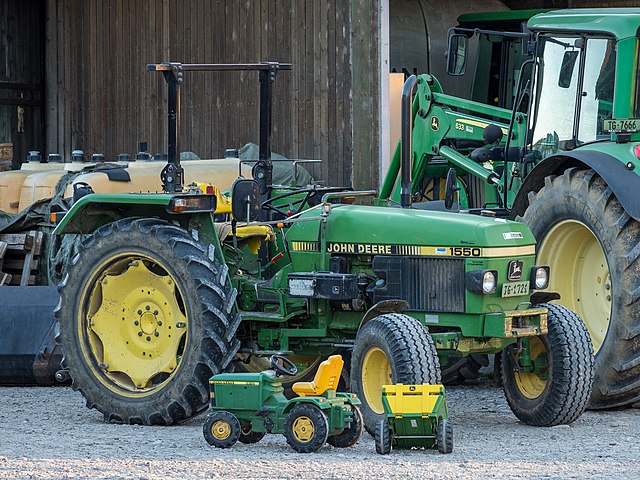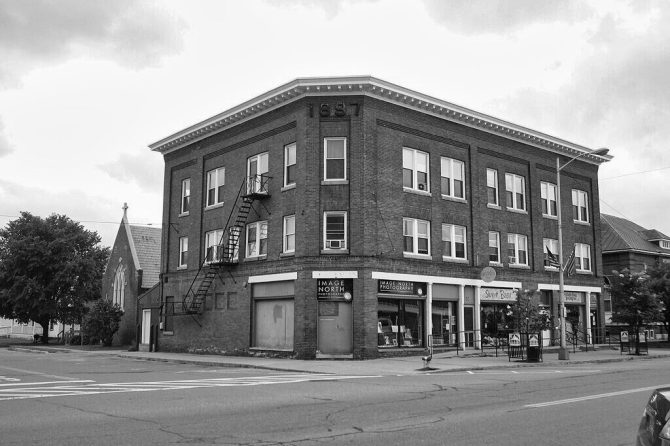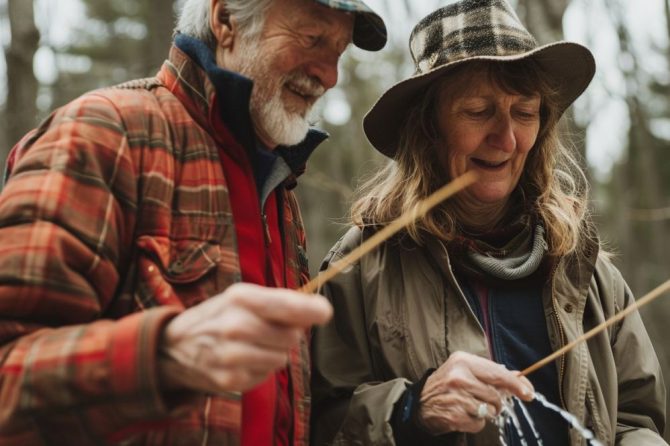The origin of “John Deere” farm equipment
John Deere, the founder of the iconic agricultural machinery company Deere & Company, was born on February 7, 1804 in Rutland, Vermont. He spent his early years in Vermont, where he received a brief education at Middlebury College and began an apprenticeship with a blacksmith named Captain Benjamin Lawrence at the age of 17.
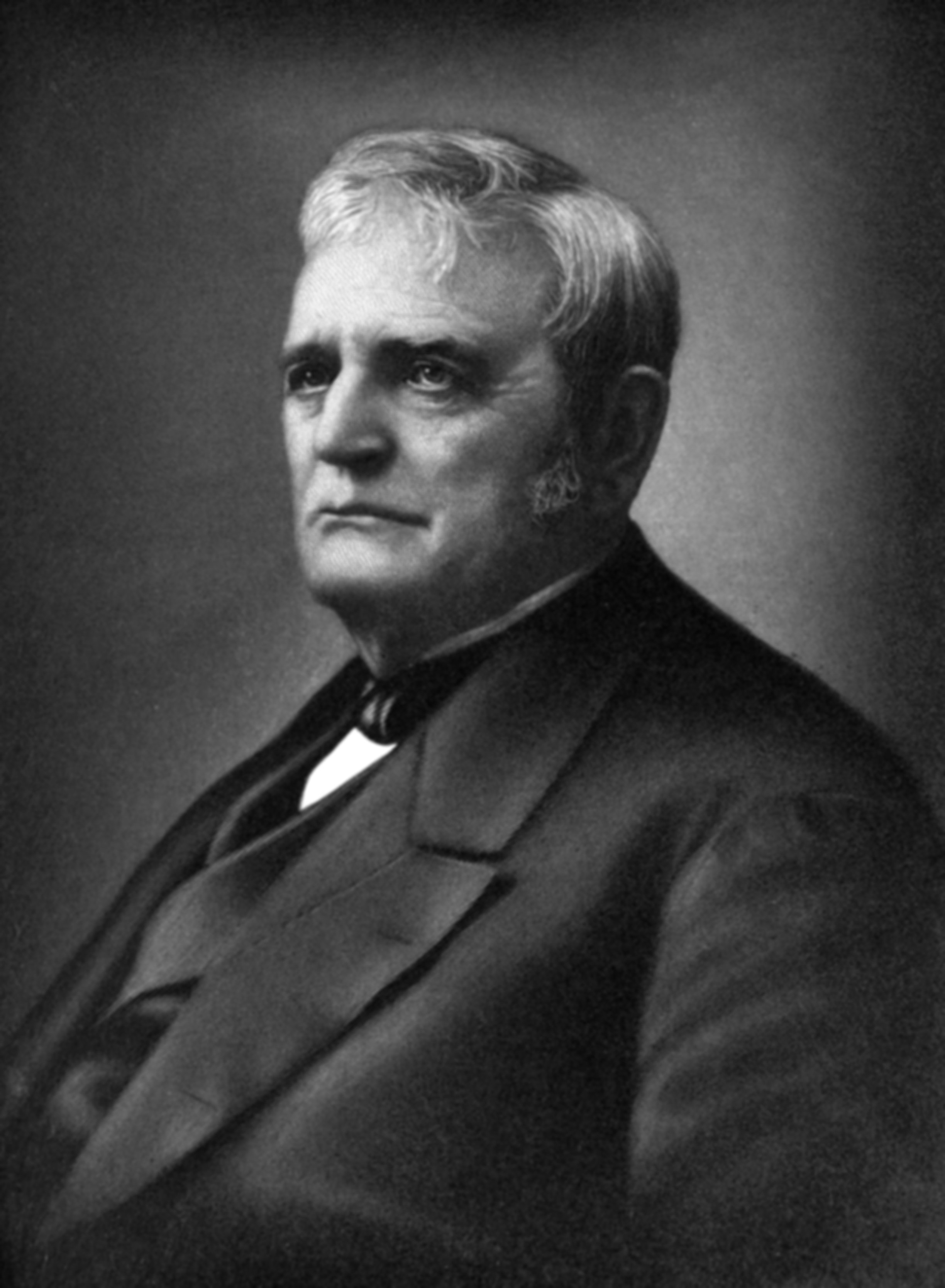
After completing his apprenticeship, Deere worked as a blacksmith in various towns across Vermont, including Burlington, Vergennes, and Leicester. He married Demarius Lamb in 1827 and had nine children.
Tough Economic Times
In 1836, due to hard economic times, Deere left Vermont and followed a business associate named Leonard Andrus to Illinois. It was there, in Grand Detour, Illinois, that Deere invented the first commercially successful steel plow in 1837, revolutionizing agriculture in the American Midwest. The steel plow was able to till the heavy, sticky prairie soil without clogging, unlike the cast-iron plows used in the eastern United States at the time.
Inventor of the First Commercially Available Steel Plow
Although Deere's company, Deere & Company, was founded and based in Illinois, his early life and blacksmithing career were firmly rooted in Vermont. His innovative spirit and commitment to quality, exemplified by his famous quote “I will never put my name on a product that does not have in it the best that is in me,” were likely shaped by his formative years in the Green Mountain State.
Roots in Vermont
Everyone has heard the name ‘John Deere’ but not many know of it’s Vermont origin. As the “inventor of the plow that broke the plains”, John Deere learned the blacksmith trade in Middlebury, VT as an apprentice in the shop of Capt. Benjamin Lawrence from 1821 to 1825. The shop was located below this spot on Mill Street, in what is known as ‘Frog Hollow’. In 1836 Deere removed to Grand Detour, Illinois where, in 1837, he built the world’s first steel moldboard plow. Today, John Deere is recognized as one of America’s most famous company names.
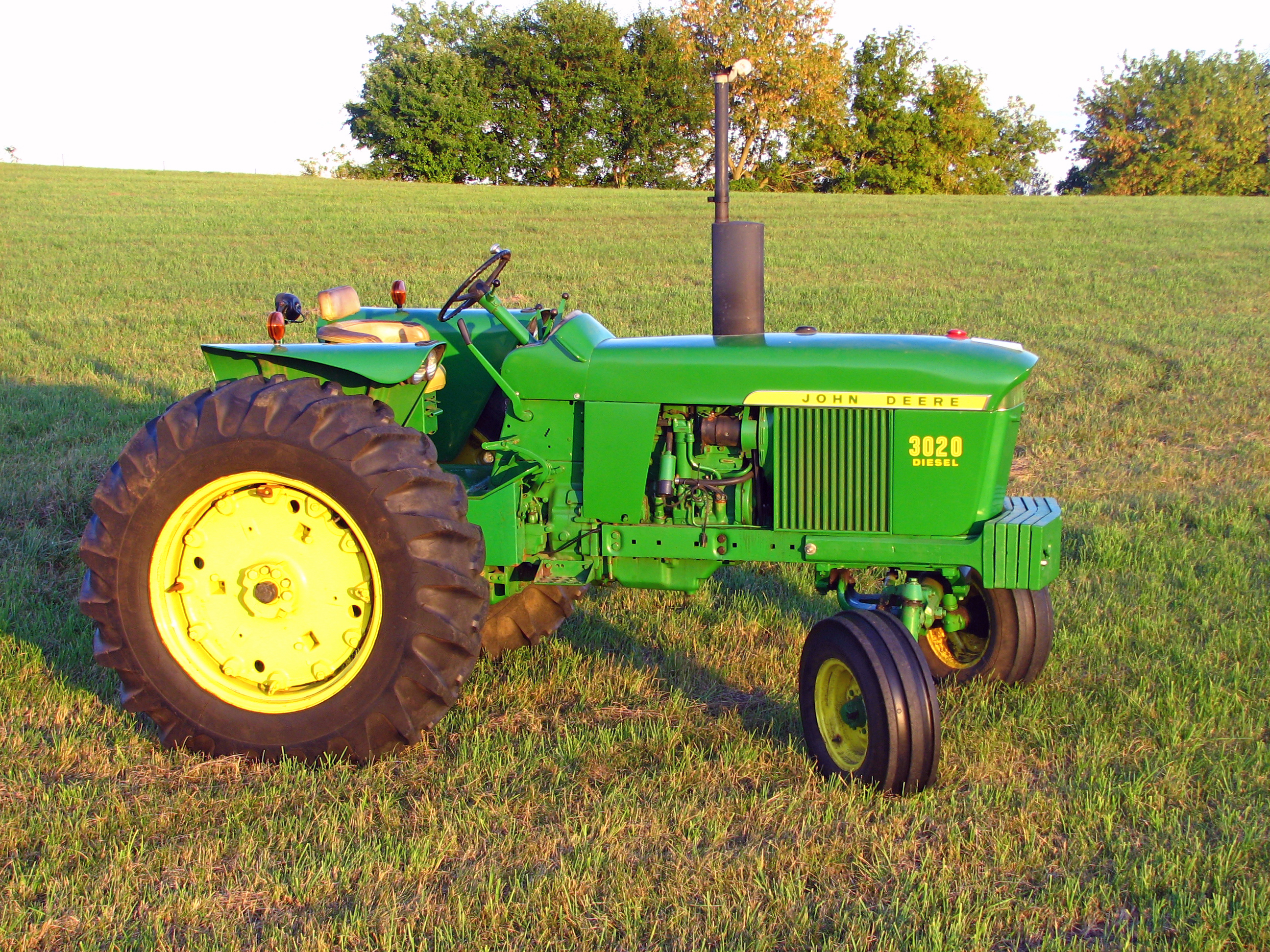
Images used courtesy of Wikimedia Commons
Thank you for visiting Vermonter.com! Please subscribe to our email list for the latest articles!


